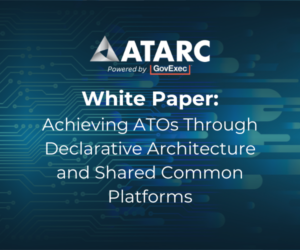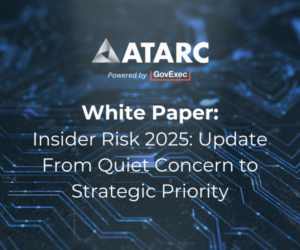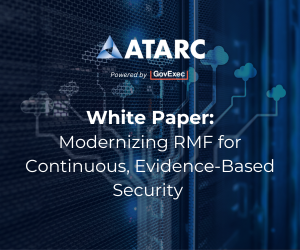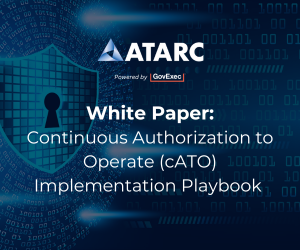
Sorry, your browser is not compatible with this application. Please use the latest version of Google Chrome, Mozilla Firefox, Microsoft Edge or Safari.
Continuous Improvement content

Drought, Deluge, and Data
Communities around the world are being pushed to rethink how they prepare for floods, droughts, and other extreme climate events. This report highlights real-world examples—from Texas to Jakarta—where governments and…
Learn More


The Relationship Between the Population...
A small but significant share of Americans experiencing homelessness live in shelters—and their connection to poverty is both deep and complex. Over three-quarters of this group are in poverty, often…
Learn More


Keeping Up with The Hacktivists
This report explores how nearly 700 international hacktivist groups operate in today’s evolving online threat landscape. It highlights how these actors—ranging from state-linked personas to ideologically aligned collectives—use perception hacking,…
Learn More


Department of State, Foreign Operations and...
The FY 2026 Congressional Budget Justification for the Department of State outlines a sharp realignment of U.S. foreign policy and funding priorities. The proposal significantly reduces overall foreign assistance and…
Learn More


Achieving ATOs Through Declarative Architecture...
Traditional, paper-based compliance processes used for authorizing government and cloud systems are too slow and rigid for today’s dynamic, cloud-native environments. To keep pace, agencies must adopt transparent, standardized security…
Learn More


Insider Risk 2025 Update: From Quiet Concern to...
The Insider Risk Working Group met to discuss the evolving landscape of insider risk management within Federal agencies, the supporting defense industrial base (DIB), and commercial organizations. The discussion explored…
Learn More


Older Adults Outnumber Children in Nearly Half of...
The aging population is reshaping the demographic landscape of the United States. As of 2024, older adults now outnumber children in nearly half of U.S. counties—a reflection of long-term trends…
Learn More


Enterprise Architecture: A Guide to State...
Enterprise architecture is more than an IT framework—it’s a strategic discipline that helps state governments manage complexity and drive ongoing transformation. By aligning business processes, technology investments, and organizational goals,…
Learn More


How to Build a Worldclass Whistleblower Program
A strong whistleblower program does more than meet compliance—it actively strengthens organizational culture, trust, and ethical behavior. This guide outlines how to build a secure and transparent process that encourages…
Learn More


Modernizing RMF for Continuous, Evidence-Based...
The fastest way to move RMF away from compliance and into the mission space is to stop treating authorization as a milestone and start treating it as a continuous engineering…
Learn More


Navigating Climate Risks: Progress and Challenges...
This report is the second annual analysis Ceres has conducted of major U.S. insurers’ climate risk strategies by examining the disclosures companies are making under the National Association of Insurance…
Learn More


Leading with Transparency: A Guide to...
As climate-related disasters become more frequent and costly, municipal governments are on the front lines—responsible for protecting communities, maintaining essential services, and investing in infrastructure that can withstand future risks.…
Learn More


Revolutionizing Enterprise Data Management with...
As enterprise data ecosystems grow in complexity, traditional centralized data architectures often fall short. This whitepaper explores how Data Mesh, a decentralized socio-technical approach, offers a transformative solution for managing…
Learn More


Primary Mitigations to Reduce Cyber Threats to...
Cyber threats targeting operational technology (OT) systems continue to pose a serious risk to U.S. critical infrastructure. In response, CISA, the FBI, EPA, and DOE have outlined key mitigations, including…
Learn More


Continuous Authorization to Operate (cATO)...
In today’s rapidly evolving cyber environment, obtaining an initial Authorization to Operate (ATO) under the Risk Management Framework (RMF) can take anywhere from 6 to 36 months. Given the complexity…
Learn More


